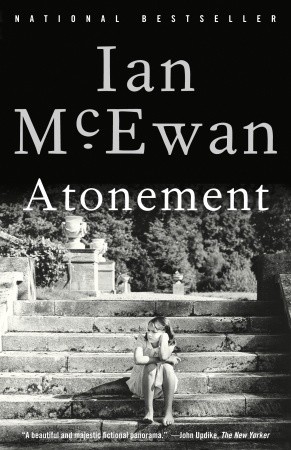The Readers’ Advisory Matrix
Talking As Fast As I Can: From Gilmore Girls to Gilmore Girls, (and Everything in Between) by Lauren Graham
11. Where is the book on the narrative continuum?
a. Highly narrative (reads like fiction)
b. A mix (combines highly narrative moment with periods of fact-based prose)
c. Highly fact-based (has few or no narrative moments)
22. What is the subject of the book? This book is about the life of Lauren Graham and her time she acted on Gilmore Girls. It gives a brief history of how she got started as an actress.
33. What type of book is it? Memoir
44. Articulate appeal
a. What is the pacing of the book? It has a fast pace and is a quick read.
b. Describe the characters of the book. This story focuses on the life of Lauren Graham and the time she has spent acting. It goes from her early actress career where she wanted to be a Broadway start to her learning that she really didn’t want to be a headliner of a Broadway musical.
c. How does the story feel? Happy, sad, and funny
d. What is the intent of the author? To talk about her experience as an actress and inform everyday people some of the things you don’t know that happen behind the scenes.
e. What is the focus of the story? Her acting career.
f. Does the language matter? Yes
g. Is the setting important and well described? The setting is several different places that she acted at. It is important to tell you about what she was doing at the different times.
h. Are there details and, if so, of what? Yes about her life and the different sets she acted on.
i. Are there sufficient charts and other graphic materials? Are they useful and clear? The only graphic materials that are in the book are pictures. These pictures represent different times in her life and help bring the story full circle.
j. Does the book stress moments of learning, understanding, or experience? She has one part in particular that helps stress a learning moment but could be seen as all three, when she was auditing for a part that would have got her actor card and she had to show her nude butt because then needed to find the best butt. At the time before doing it she didn’t think anything about it but after she thought about it she realizes how deeming it was and that she didn’t feel comfortable doing it again if that was all the audition was.
55. Why would a reader enjoy this book (rank appeal)?
1. Tone 2. Pacing 3. Detail
